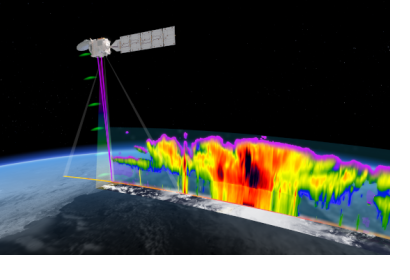On May 29, the European Space Agency's (ESA) EarthCARE satellite launched aboard a Falcon 9 rocket from Vandenberg Space Force Base, California. The mission, a collaboration between ESA and the Japan Aerospace Exploration Agency (JAXA), aims to enhance our understanding of how clouds and aerosols influence Earth's climate. The satellite's safe entry into orbit was confirmed shortly after launch by the Hartebeesthoek ground station in South Africa.
EarthCARE, the Earth Cloud Aerosol and Radiation Explorer, is equipped with four advanced instruments, including the world’s first cloud profiling radar provided by JAXA. This radar measures the velocity of cloud flows, while other instruments profile aerosols, thin clouds, and radiation. These tools will provide comprehensive data on the interactions between clouds, aerosols, and radiation, critical for refining climate models.
ESA’s Director of Earth Observation Programmes emphasized the mission’s importance in advancing climate science, particularly as the effects of climate change intensify. JAXA’s Project Manager noted the potential for EarthCARE data to improve climate predictions and support necessary mitigation strategies.
Beyond climate science, EarthCARE's data could play a crucial role in disaster management. By improving weather forecasting and understanding of atmospheric conditions, authorities can better predict and respond to natural disasters such as hurricanes, wildfires, and severe storms. Enhanced predictions can lead to improved early warning systems, timely evacuations and resource allocation, ultimately saving lives and reducing economic impacts.
Controllers at ESA’s European Space Operations Centre in Germany will spend the next few months commissioning the satellite, ensuring it operates optimally to deliver valuable insights into Earth’s climate system.
Main article image: ©ESA - EarthCARE for a better understanding of Earth's radiation balance

